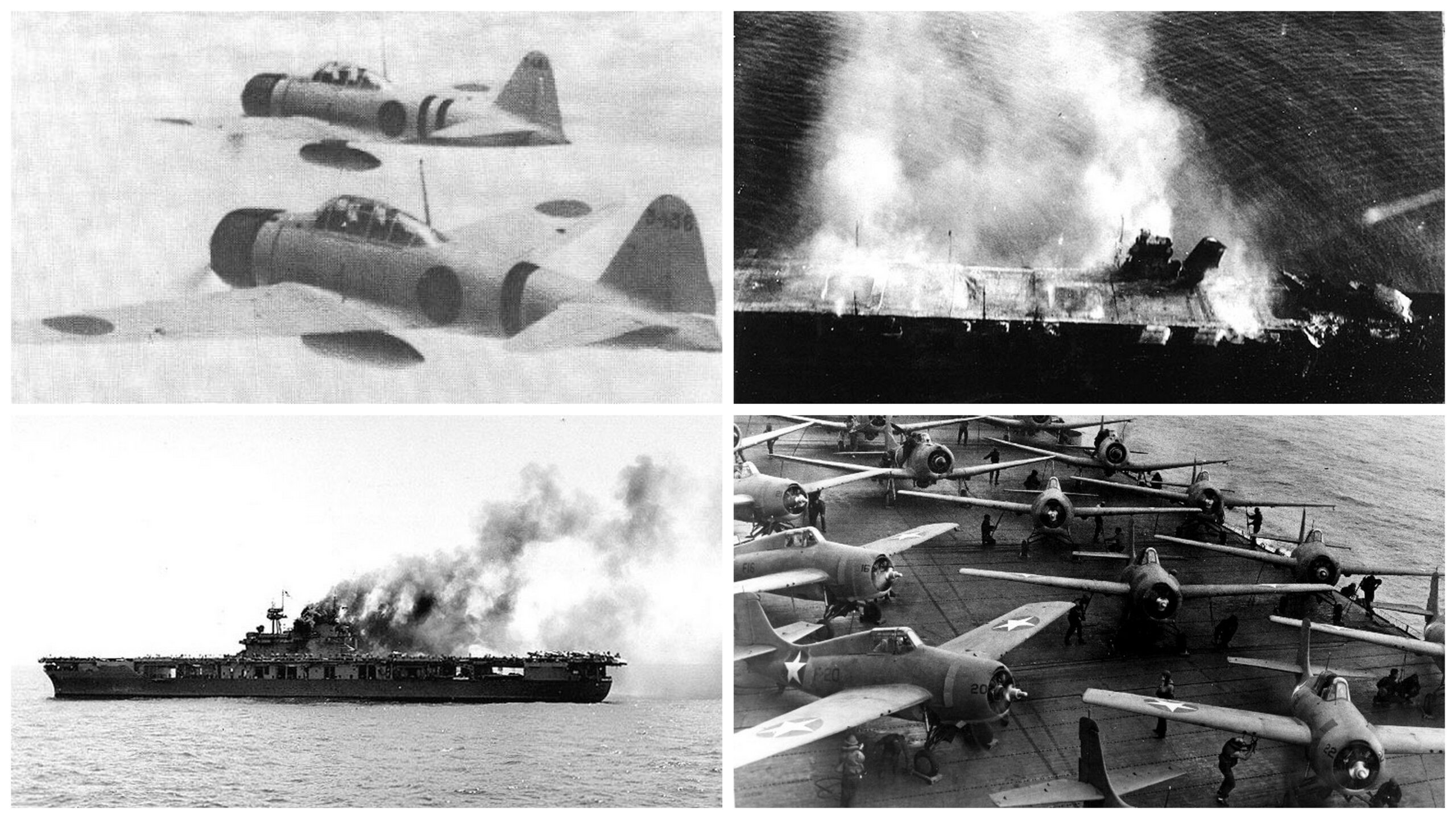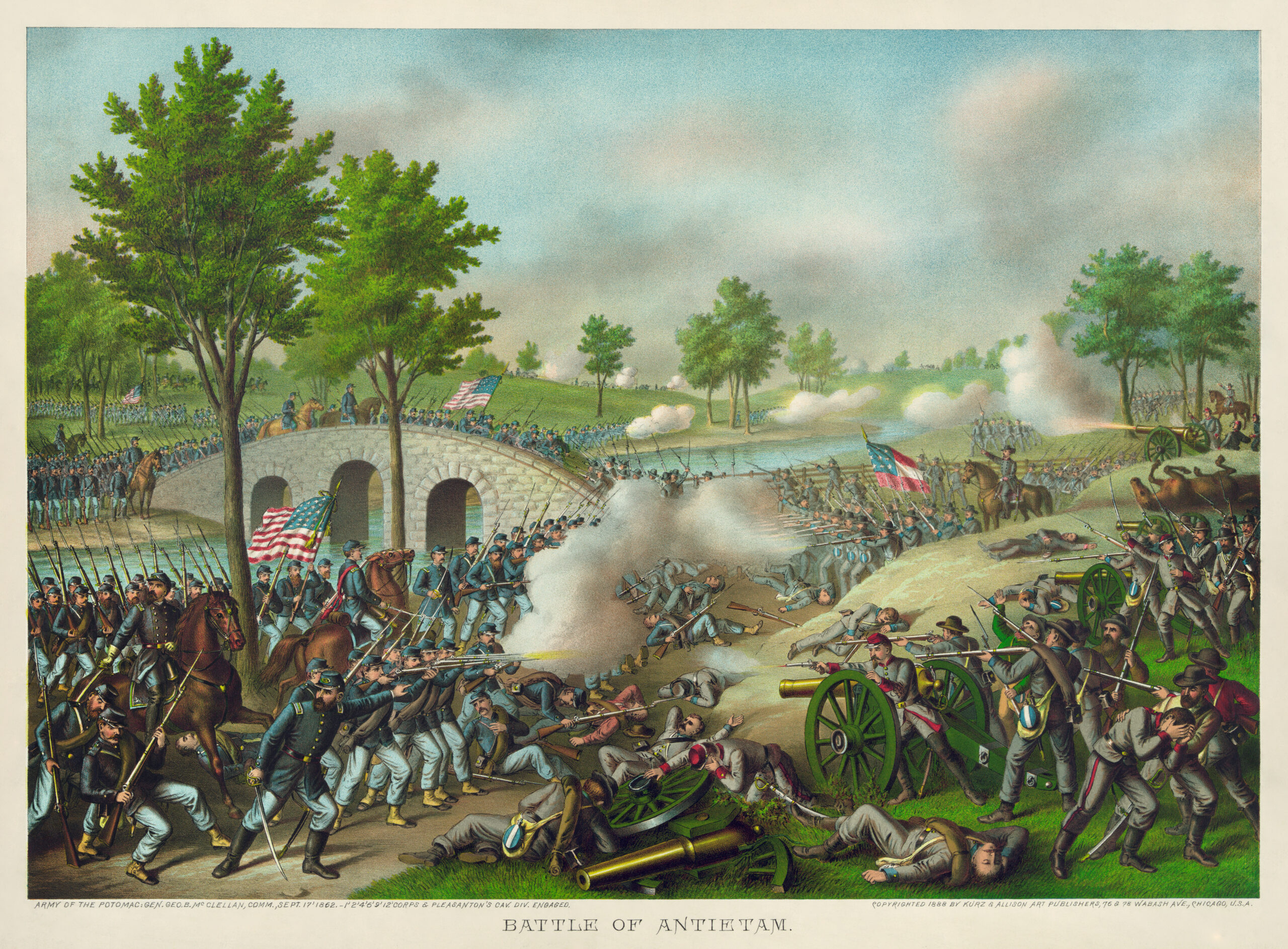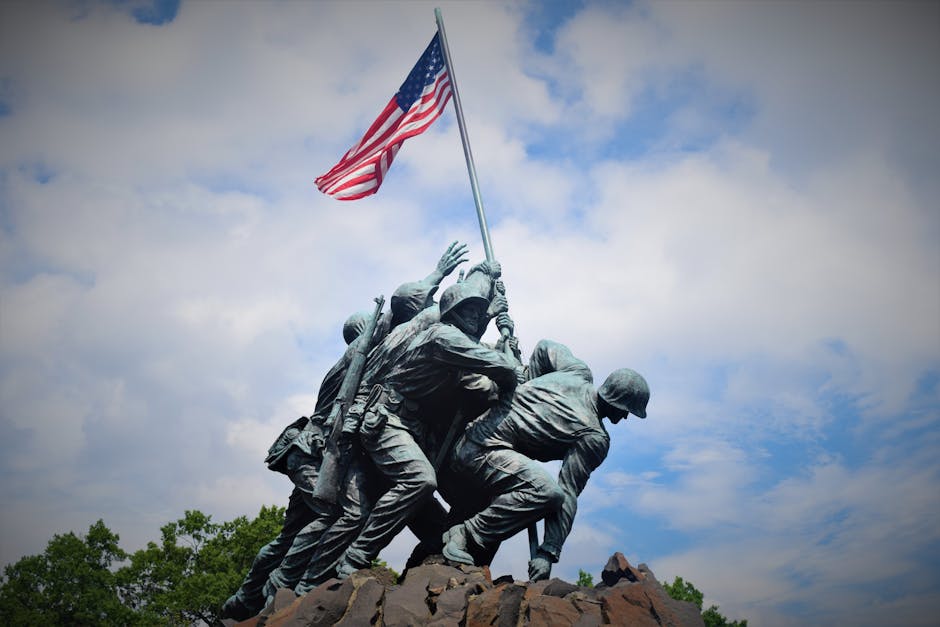The Battle of Bunker Hill: A Pyrrhic Victory
The Battle of Bunker Hill, fought on June 17, 1775, was one of the early and most significant battles of the American Revolutionary War. Although technically a British victory, it proved to the American colonists that they could stand up to the superior British forces. The battle took place on the Charlestown Peninsula, north of Boston, and was primarily fought on Breed’s Hill, despite its name. The American forces, though inexperienced and poorly equipped, managed to inflict substantial casualties on the British troops. The famous order “Don’t fire until you see the whites of their eyes” was given to conserve ammunition, illustrating the resourcefulness of American commanders. Even though the British took the ground, their losses were so high that it became a symbolic victory for the Americans, boosting their morale and resolve to fight for independence.
The Battle of Gettysburg: Turning the Tide
The Battle of Gettysburg, occurring from July 1 to July 3, 1863, marked a decisive turning point in the American Civil War. Fought in the small town of Gettysburg, Pennsylvania, it was the war’s bloodiest battle, ending Confederate General Robert E. Lee’s invasion of the North. Lee’s army suffered significant losses, and his retreat marked the beginning of the Confederacy’s decline. The Union victory, led by General George Meade, was pivotal, as it halted the Confederate momentum and shifted the war’s tide in favor of the Union. President Abraham Lincoln later delivered the Gettysburg Address, a speech that underscored the war’s purpose and redefined the nation’s ideals. The battle demonstrated the strategic importance of terrain and the resilience of the Union forces.
The Battle of Midway: A Naval Turning Point

The Battle of Midway, fought from June 4 to June 7, 1942, was a critical naval battle in the Pacific Theater of World War II. It came six months after Japan’s attack on Pearl Harbor and marked a pivotal shift in the balance of power. The U.S. Navy, under Admiral Chester W. Nimitz, managed to outmaneuver the Japanese fleet, led by Admiral Isoroku Yamamoto, by breaking their codes and anticipating their strategy. The U.S. forces sunk four Japanese aircraft carriers, dealing a devastating blow to the Japanese navy. This victory halted Japanese expansion in the Pacific and set the stage for the United States’ island-hopping campaign, which would eventually lead to Japan’s defeat. The battle showcased the importance of intelligence and the element of surprise in naval warfare.
The Battle of Antietam: A Day of Reckoning

The Battle of Antietam, fought on September 17, 1862, remains the bloodiest single day in American military history. It took place near Sharpsburg, Maryland, and was the first major battle on Union soil during the Civil War. Union General George McClellan faced off against Confederate General Robert E. Lee in a brutal confrontation that resulted in over 22,000 casualties. Although tactically inconclusive, the battle provided President Abraham Lincoln with the opportunity to issue the Emancipation Proclamation, which redefined the war’s objectives by making the abolition of slavery a central goal. The battle’s outcome also deterred European nations from recognizing the Confederacy as a legitimate government, further isolating the Southern states. Antietam was a turning point that changed the course of the war and the nation’s future.
The Battle of Iwo Jima: A Symbol of Sacrifice
The Battle of Iwo Jima, fought from February 19 to March 26, 1945, was a grueling and bloody conflict in the Pacific during World War II. The small volcanic island of Iwo Jima was strategically important for the United States as a base for launching attacks on the Japanese mainland. The battle involved intense fighting, with U.S. Marines facing fierce resistance from well-entrenched Japanese defenders. The iconic image of Marines raising the American flag on Mount Suribachi became a symbol of courage and determination. Despite the high cost in lives, the capture of Iwo Jima provided a valuable airfield for American bombers and marked a significant step toward the eventual defeat of Japan. The battle exemplified the tenacity of American forces and the sacrifices made during the war.
The Battle of New Orleans: An Unexpected Victory
The Battle of New Orleans, fought on January 8, 1815, was the final major battle of the War of 1812. It occurred after the Treaty of Ghent had been signed, technically ending the war, but news of the treaty had not yet reached the combatants. General Andrew Jackson led a diverse force of soldiers, militia, and even pirates against a much larger and better-equipped British force. The American victory was decisive, with the British suffering heavy casualties and failing to capture the city. The battle solidified Jackson’s reputation as a national hero and had a lasting impact on American nationalism. It also demonstrated the effectiveness of unconventional tactics and the importance of local knowledge in military engagements. The victory at New Orleans was a defining moment in U.S. history, despite its timing.
The Battle of Yorktown: The Final Act
The Battle of Yorktown, fought from September 28 to October 19, 1781, was the last major engagement of the American Revolutionary War. American and French forces, led by General George Washington and General Comte de Rochambeau, besieged the British army under General Lord Cornwallis in Yorktown, Virginia. The allied forces successfully coordinated a land and naval blockade, cutting off British reinforcements and supplies. The surrender of Cornwallis’s army effectively ended the war and secured American independence. The victory at Yorktown highlighted the importance of international alliances and strategic planning. It was a testament to the determination and resilience of the American forces and their ability to work with allies to achieve a common goal. The battle marked the birth of a new nation and the end of British colonial rule in America.
The Battle of Chancellorsville: A Risky Maneuver
The Battle of Chancellorsville, fought from April 30 to May 6, 1863, is often considered Confederate General Robert E. Lee’s greatest victory during the American Civil War. Despite being outnumbered, Lee executed a daring and risky maneuver by dividing his forces to launch a surprise attack on Union General Joseph Hooker’s army. The Confederate victory was achieved at a high cost, including the loss of General Stonewall Jackson, who was mortally wounded by friendly fire. The battle demonstrated Lee’s tactical brilliance and the vulnerabilities of Union leadership. However, the victory did not translate into long-term strategic gains for the Confederacy. The Battle of Chancellorsville remains a study in military strategy and the impact of leadership on the outcome of battles.
The Battle of the Bulge: Holding the Line
The Battle of the Bulge, fought from December 16, 1944, to January 25, 1945, was the last major German offensive on the Western Front during World War II. It took place in the Ardennes Forest in Belgium, where German forces launched a surprise attack against the Allied front lines. The battle was characterized by harsh winter conditions and fierce fighting, as American troops struggled to hold their ground. The German advance created a “bulge” in the Allied lines, but ultimately, the Allies managed to repel the offensive. The battle demonstrated the resilience and determination of American forces, who faced significant odds but held the line. The victory at the Battle of the Bulge marked the beginning of the end for Nazi Germany, as Allied forces pushed forward into German territory.
The Battle of Inchon: A Strategic Masterstroke
The Battle of Inchon, fought from September 15 to September 19, 1950, was a critical amphibious assault during the Korean War. Led by General Douglas MacArthur, United Nations forces executed a daring invasion at the port city of Inchon, near Seoul, South Korea. The operation aimed to break the North Korean advance and recapture the South Korean capital. The success of the Inchon landing caught the North Korean forces off guard and turned the tide of the war in favor of the United Nations. The battle highlighted the importance of surprise and strategic planning in military operations. MacArthur’s bold decision to land at Inchon, despite the risks, showcased the effectiveness of well-executed amphibious assaults and the impact of leadership on military success.


